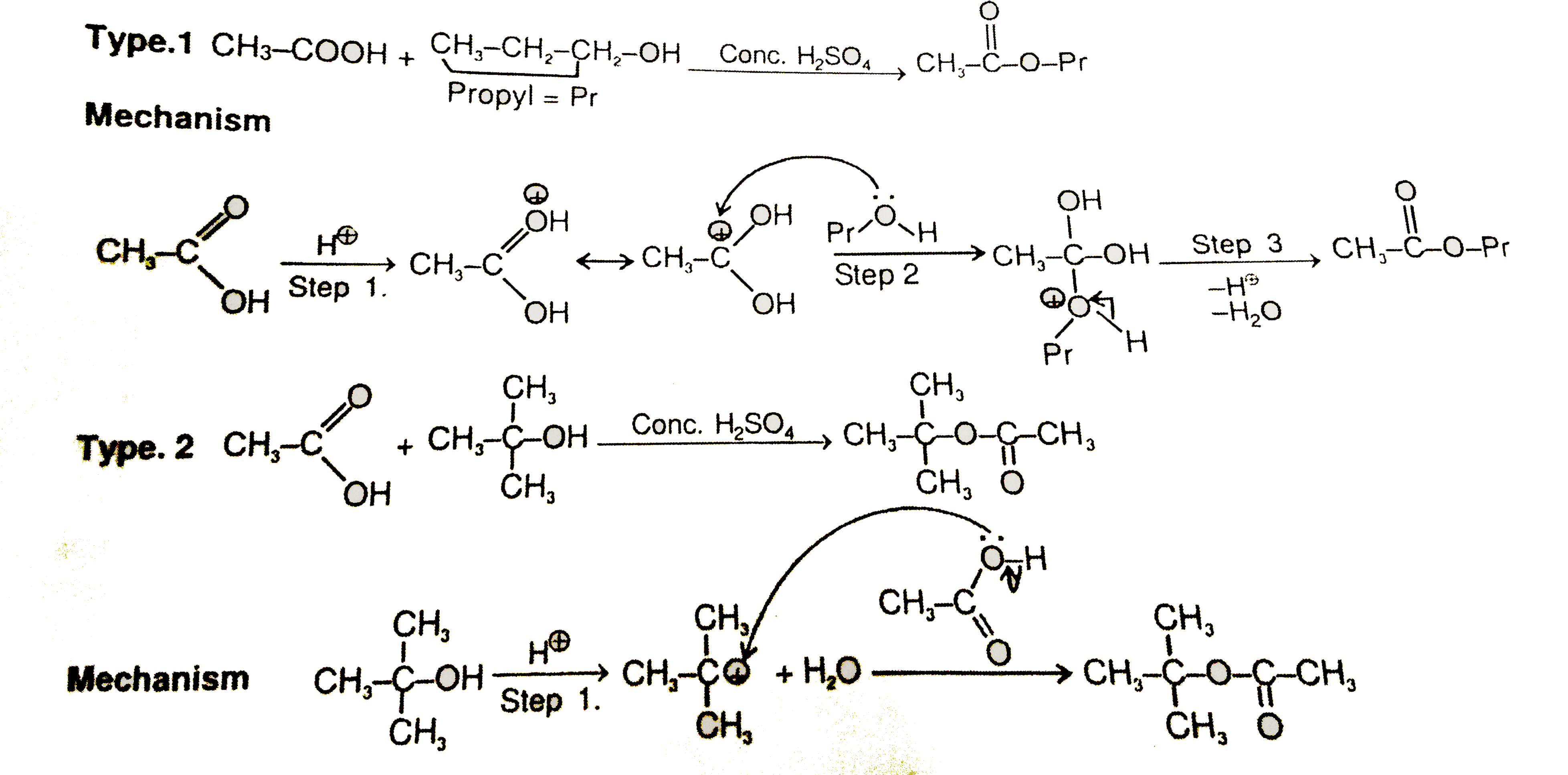Name thea-amino acid which is optically inactive.
To determine the optically inactive α-amino acid, we need to consider the structure of amino acids and the concept of chirality.
1. Understand the Structure of Amino Acids:
- Amino acids have a general structure that includes an amino group (-NH2), a carboxyl group (-COOH), a hydrogen atom (H), and a variable side chain (R group) attached to a central carbon atom (α-carbon).
2. Define Chirality:
- A carbon atom is considered chiral if it is bonded to four different groups. If a carbon atom is not chiral, it means that it does not have four different substituents.
3. Identify the α-Amino Acids:
- There are 20 standard α-amino acids. Most of them are chiral because their α-carbon is bonded to four different groups.
4. Examine Glycine:
- Glycine is the simplest amino acid with the formula NH2-CH2-COOH. In glycine, the α-carbon is bonded to two hydrogen atoms (H), one amino group (NH2), and one carboxyl group (COOH).
5. Check for Chirality in Glycine:
- Since the α-carbon in glycine is bonded to two identical hydrogen atoms, it does not meet the criteria for chirality. Therefore, it is not a chiral carbon.
6. Conclusion:
- Because glycine does not have a chiral center, it is optically inactive. Thus, the answer to the question is glycine.
Final Answer:
The optically inactive α-amino acid is glycine.
- Amino acids have a general structure that includes an amino group (-NH2), a carboxyl group (-COOH), a hydrogen atom (H), and a variable side chain (R group) attached to a central carbon atom (α-carbon).
- A carbon atom is considered chiral if it is bonded to four different groups. If a carbon atom is not chiral, it means that it does not have four different substituents.
- There are 20 standard α-amino acids. Most of them are chiral because their α-carbon is bonded to four different groups.
- Glycine is the simplest amino acid with the formula NH2-CH2-COOH. In glycine, the α-carbon is bonded to two hydrogen atoms (H), one amino group (NH2), and one carboxyl group (COOH).
- Since the α-carbon in glycine is bonded to two identical hydrogen atoms, it does not meet the criteria for chirality. Therefore, it is not a chiral carbon.
- Because glycine does not have a chiral center, it is optically inactive. Thus, the answer to the question is glycine.
The optically inactive α-amino acid is glycine.
Topper's Solved these Questions
- BOOK - ICSECHAPTER - BIOMOLECULESEXERCISE - EXERCISE (PART-II) (DESCRIPTIVE QUESTIONS)(SHORT ANSWER QUESTIONS)67videos
BIOMOLECULES
- BOOK - ICSECHAPTER - BIOMOLECULESEXERCISE - EXERCISE (PART-II)(DESCRIPTIVE QUESTIONS)(LONG ANSWER QUESTIONS)31videos
BIOMOLECULES
- BOOK - ICSECHAPTER - BIOMOLECULESEXERCISE - EXERCISE (PART-I)(MATCH OF THE FOLLOWING)1videos
BIOMOLECULES
- BOOK - ICSECHAPTER - APPENDIX II ( TYPICAL CONVERSIONS)EXERCISE - AROMATIC CONVERSIONS98videos
APPENDIX II ( TYPICAL CONVERSIONS)
- BOOK - ICSECHAPTER - CHEMICAL KINETICSEXERCISE - ISC EXAMINATION QUESTIONS (NUMERICAL PROBLEMS )57videos
CHEMICAL KINETICS
Similar Questions
Simplest amino acid which is optically inactive is
View SolutionWhich amino acid is optically inactive?
View SolutionWhich of the following amino acid is optically inactive?
View SolutionName an amino acid which is not aromatic.
View SolutionWhich of the following α-amino acids is not optically active?
View SolutionHow is sulphur important for plants ? Name the amino acids in which it is present.
View SolutionHow is sulphur important for plants? Name the amino acids in which it is present.
View SolutionDraw one of the geometrical isomers of the complex [Pt(en)2Cl]2+ which is optically inactive. Also write the name of this entity according to the IUPAC nomenclature.
View SolutionObserve the esterification mechanisms for primary and teriary alcohols.

(+) Octan -2-ol esterifies with Acetic acid to give optically inactive racemised product. It must have gone byView SolutionMesotartaric acid is optically inactive due to the presence of:
View Solution

